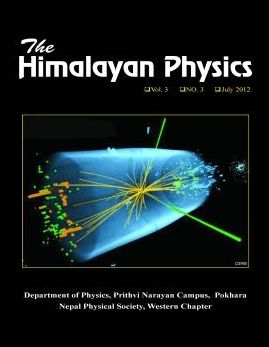Study of Tea Aroma Based on Zinc Oxide Nanorod Sensing Element
DOI:
https://doi.org/10.3126/hj.v3i0.7266Keywords:
Zinc Oxide, Nanorod, Sensor, Tea aromaAbstract
Flavour type of tea liquor is a very important factor in identification of quality of Indian tea. Though the main aromatic ingredients in made tea are same, the quality of made tea mainly differ from their flavour types, which rely on their trace volatile components. CTC Tea is known for its strength and processed to retain its strong taste whereas Orthodox Tea is processed to retain mostly its aroma. Usually the Quality of tea is sensed by Tea Tasters and classified by smelling and very few devices are available to calibrate the Flavour. In this paper, resistance change of zinc oxide nanorods was investigated in an atmosphere of different types of tea infusion with an objective to produce a low cost alternative to classify tea by its quality. Zinc Oxide nanorods were fabricated on a glass substrate by sol-gel spin coating technique. The ZnO film possessed a columnar structure consisting of small crystals with an average grain size of around 5 nm. The sensing properties of the ZnO film were tested for two different Tea liquors, namely, Assam CTC Tea and Darjeeling Orthodox Tea. An obvious change in resistance of the ZnO film was observed when the sensor was exposed to gas mixture. The Nanostructured elements showed higher sensitivity than the larger sized grains and pores. The response time was quite fast with large value of signal-to-noise ratio. This work shows potential application of nanostructured zinc oxide as one of the sensing elements in a sensor array for monitoring the quality of Indian tea.
The Himalayan Physics, Vol. 3, No.3, July 2012
Downloads
Downloads
Published
How to Cite
Issue
Section
License
This license enables reusers to distribute, remix, adapt, and build upon the material in any medium or format for noncommercial purposes only, and only so long as attribution is given to the creator. If you remix, adapt, or build upon the material, you must license the modified material under identical terms.




